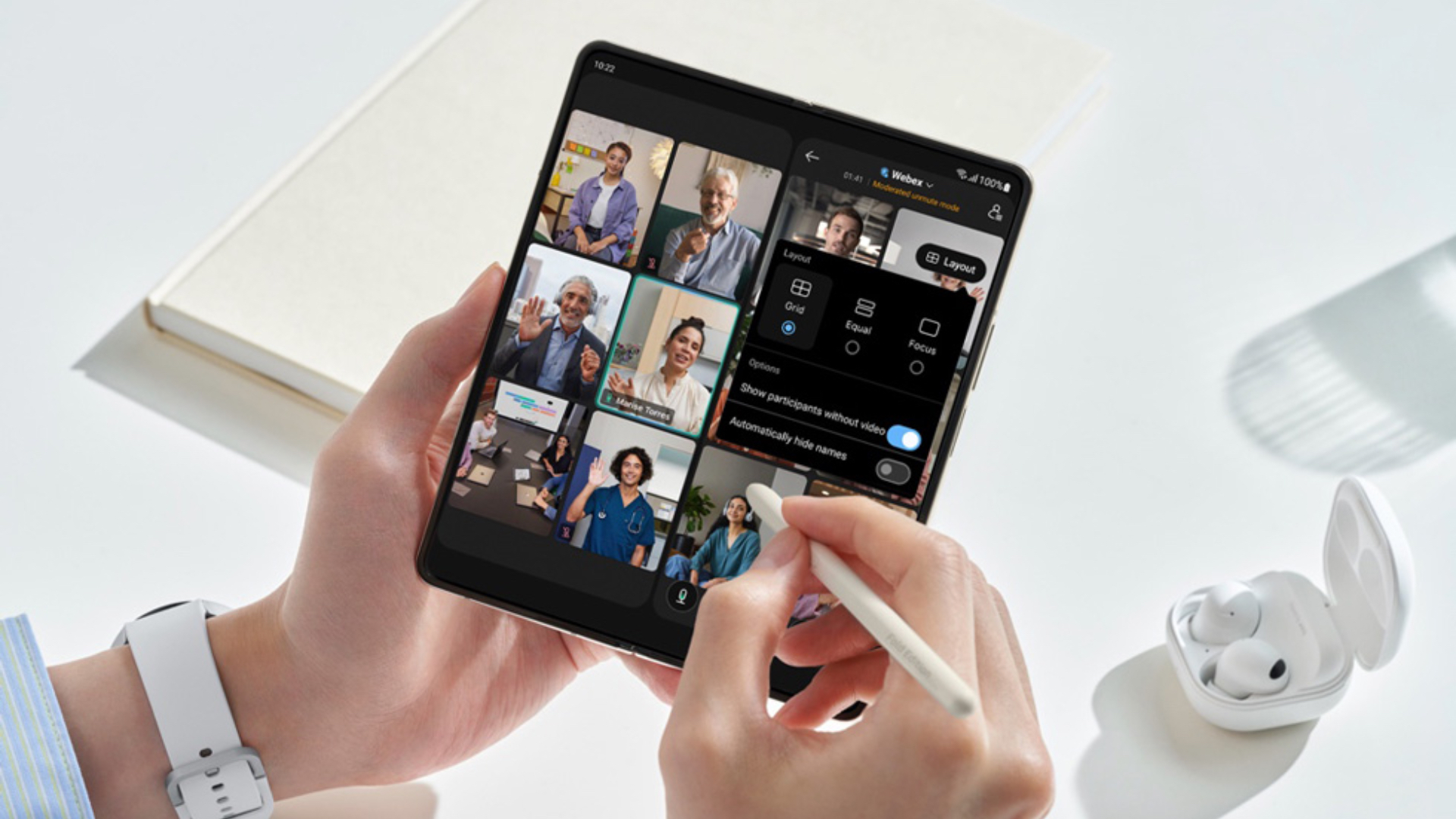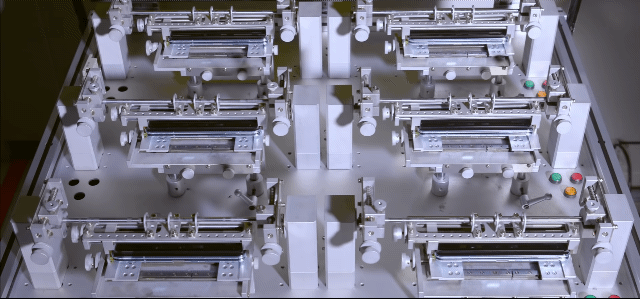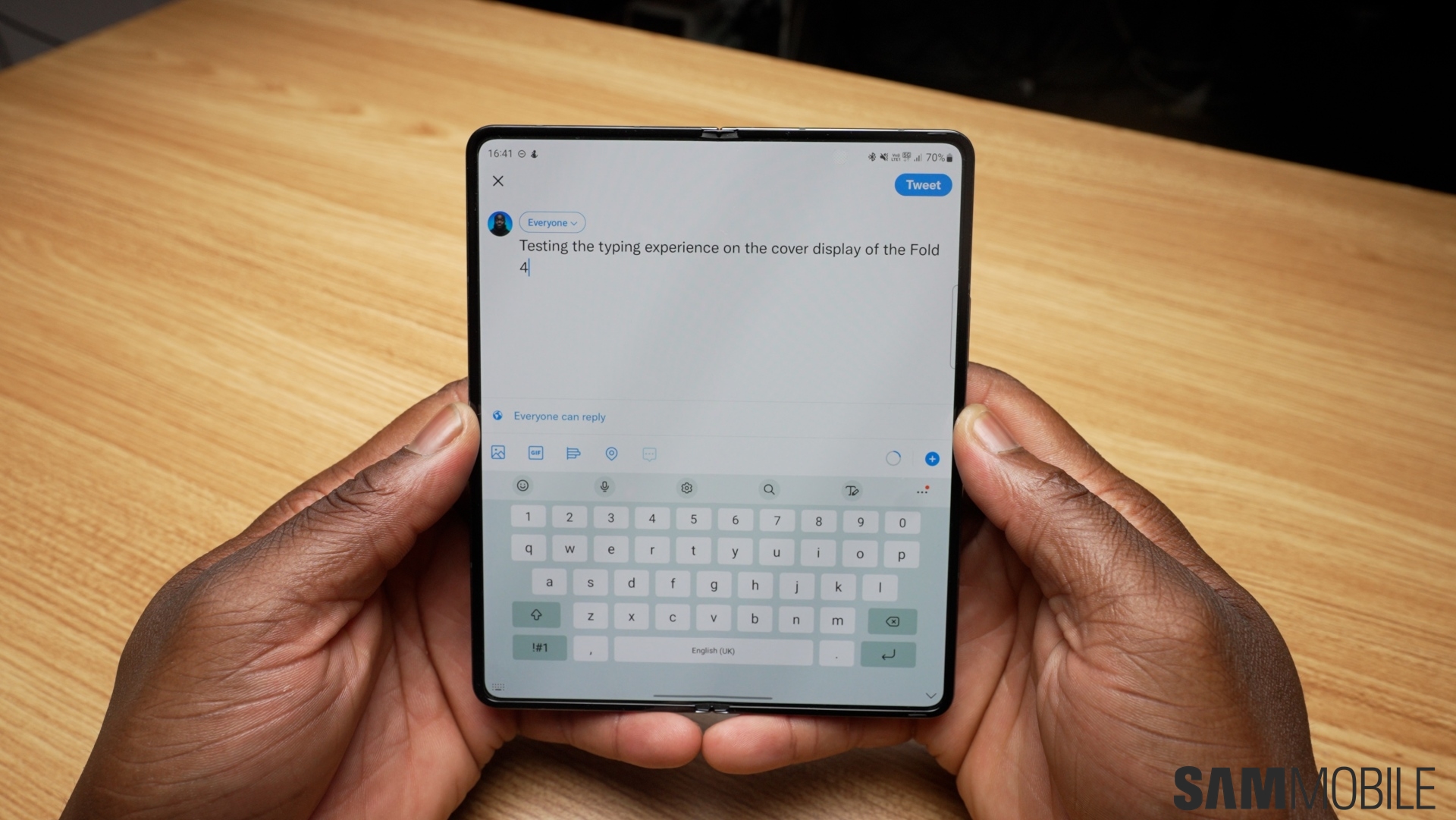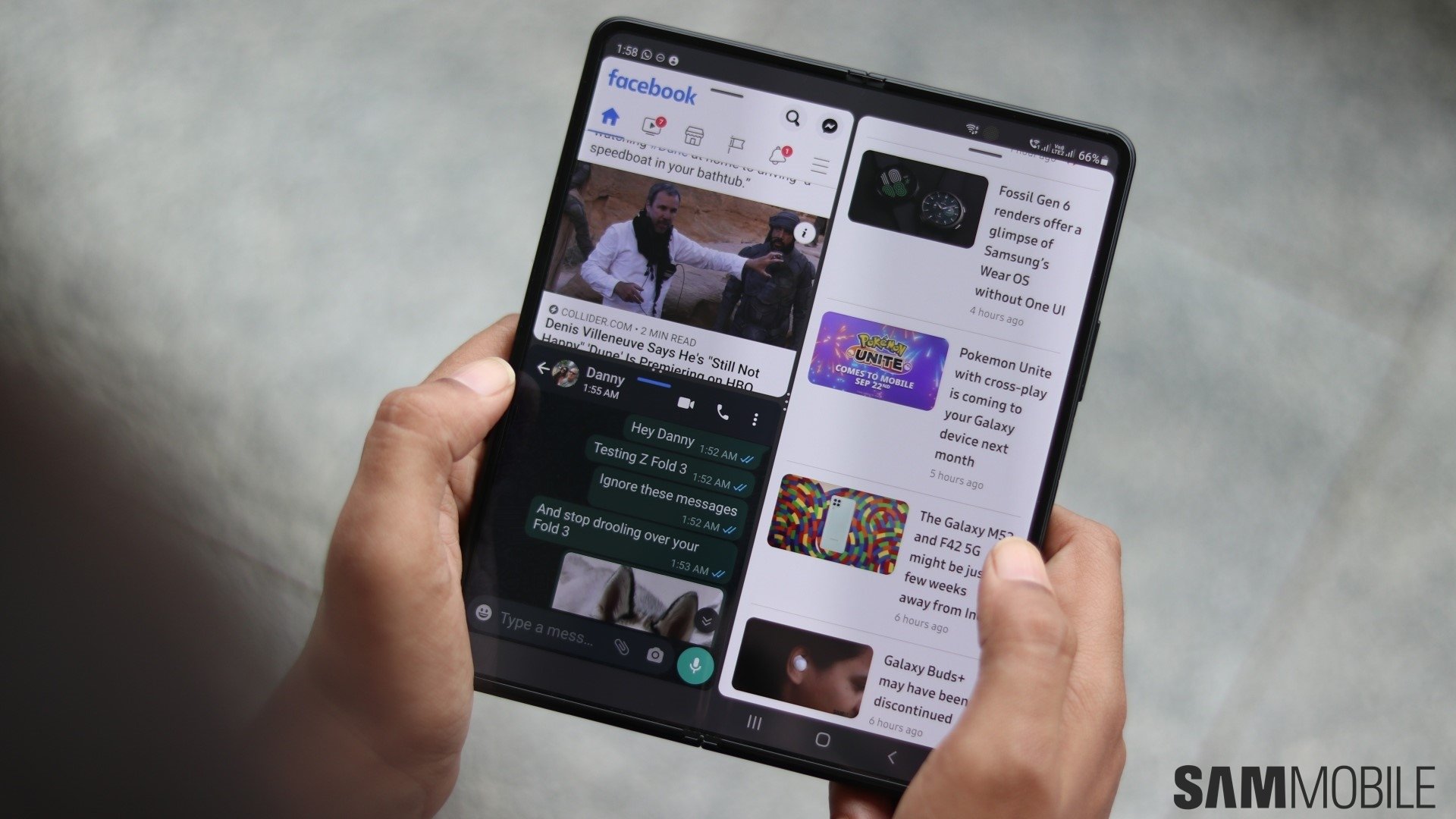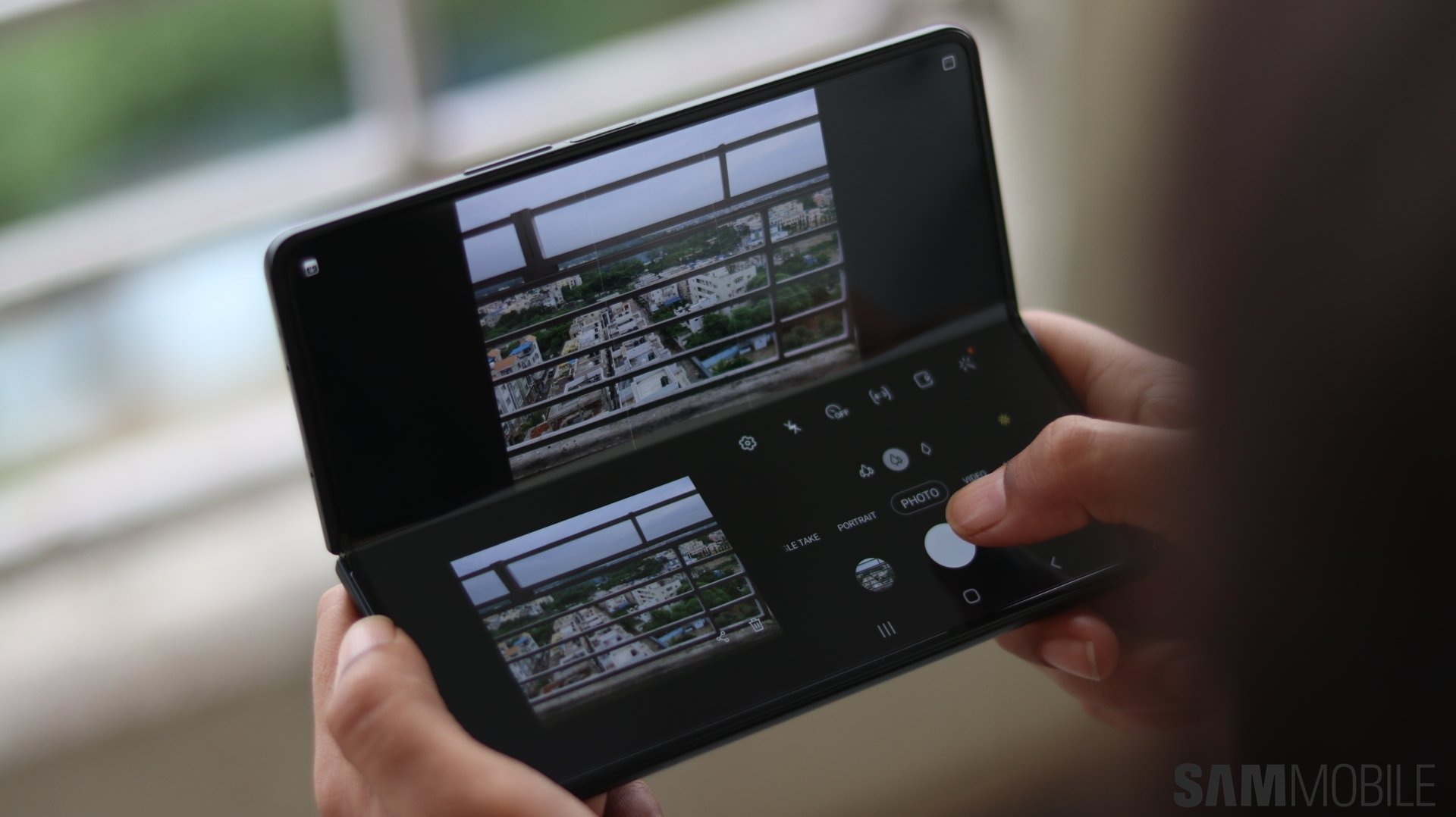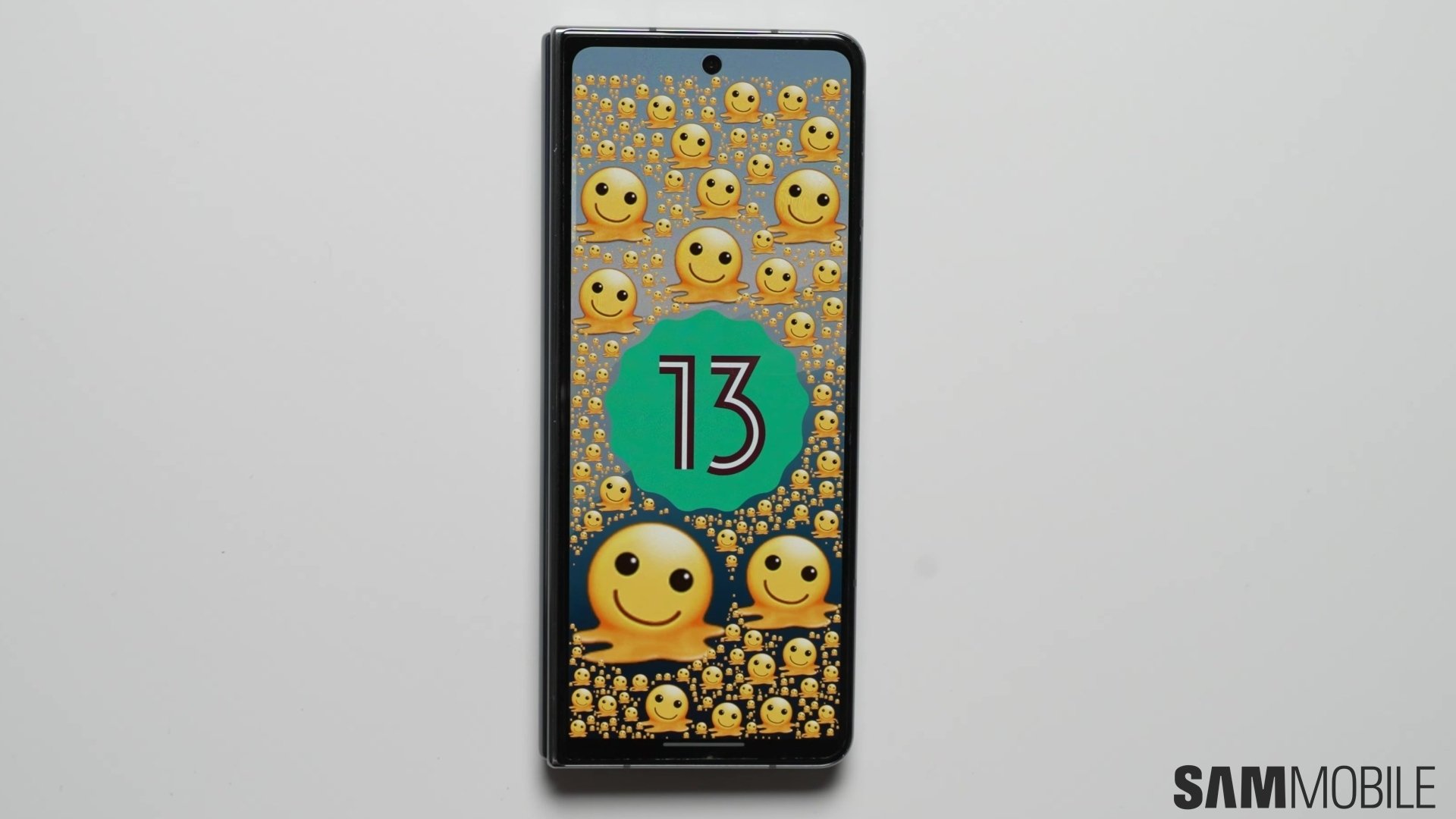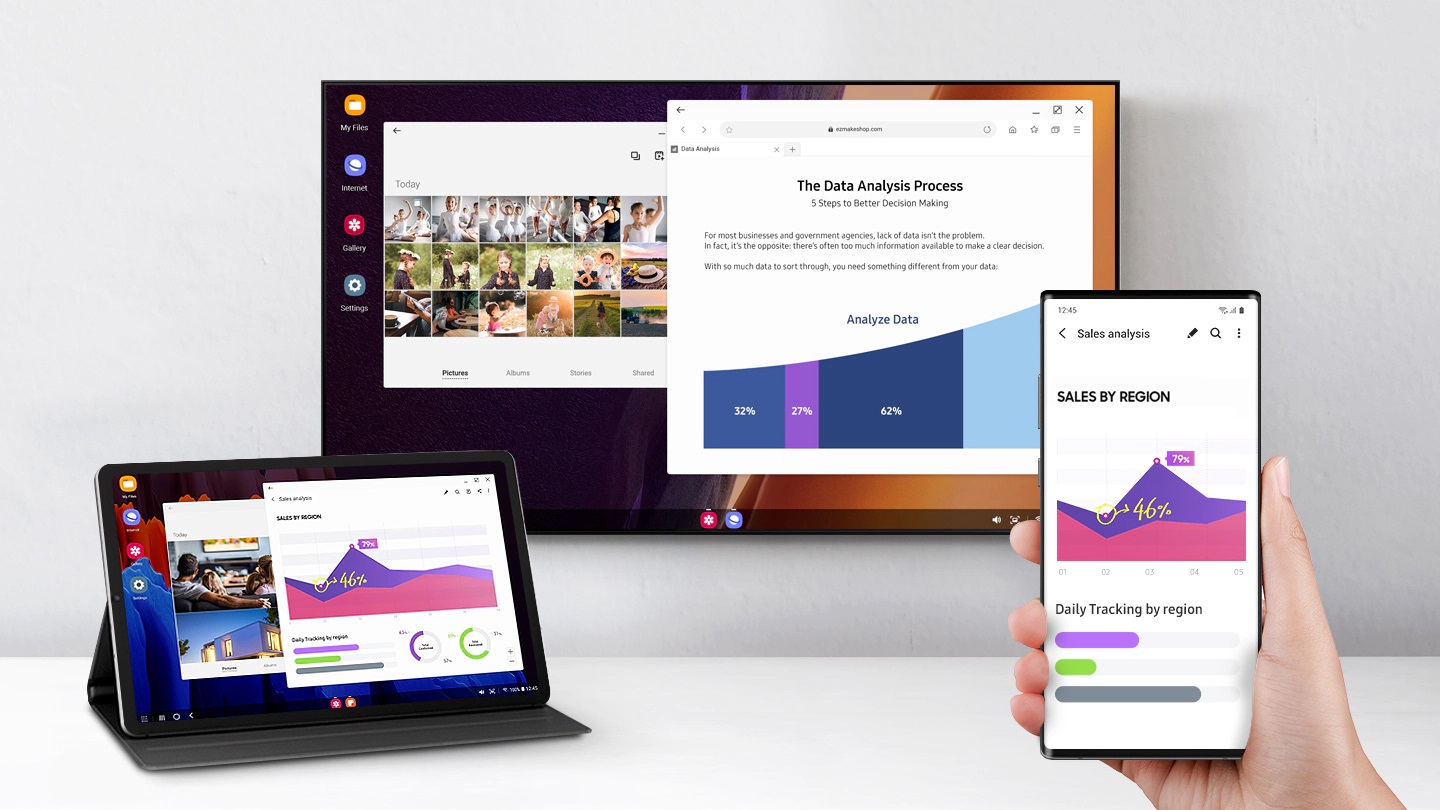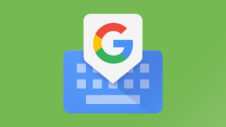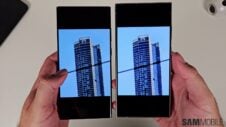Samsung has had some memorable years in the foldable phone segment. Last year, it sold 88% of all foldable phones worldwide. But the next few years will be highly challenging. Chinese brands are entering markets like Europe and India with their foldable phones, and each one is interesting in some way or the other, even if not as balanced as Samsung's offerings. But the real test will come with Apple's first foldable iPhones in 2025.
A recent report revealed that Apple sold eight out of the top ten smartphones in the world in 2022. That's how dominating Apple is right now, and when it launches its first foldable phone, it could sell tens of millions of devices. Samsung needs to be ready with its A game by then.
The South Korean tech giant has solved most of the fundamental problems of foldable phones, but there are still a few issues to iron out. And Samsung needs Google's help to solve some of those issues.
Let us look at which problems Google and Samsung need to solve if they want to be ready for the foldable iPhone challenge in the coming years.
1. Solving durability and crease issues
Samsung has solved most of the basic durability issues with its Galaxy Z phones, and it is the only company currently offering proper water resistance on foldable phones. But some users still face screen deformation near the crease area. The company must find a solution to stop that from happening, even in rare cases. It would also be great if it could bring dust resistance to foldable phones. Consumers would feel a lot more confident buying foldable phones if they could last four to five years without any issues.
Some people also feel uncomfortable with a visible screen crease on foldable phones. Some Chinese brands have managed to bring devices that do not have a visible screen crease or, at the very least, hide it well enough. Reports indicate that Samsung is bringing a similar solution, on top of water resistance, with the Galaxy Z Flip 5 and the Galaxy Z Fold 5, and fingers crossed those reports are true.
2. Finding the perfect screen aspect ratio
Currently, each firm has its form factor and screen aspect ratio for foldable phones. Samsung's cover display is narrow and tall, while the OPPO Find N2 has a shorter but wider screen. Some are easier to carry, while others are great for productivity. Some are great for watching videos, while other aspect ratios help improve productivity. Samsung, and to a certain degree, Google, needs to find the sweet spot and come up with an ideal aspect ratio for the cover display and the folding display.
The inclusion of Google in this solution is important as it can advise app developers on creating apps with a good user interface. The company's guidance would benefit developers, especially on devices like the Galaxy Z Fold 4. And a mature ecosystem of apps and games would help improve the overall foldable smartphone segment.
3. Apps and games optimized for foldable screens
While Google has picked up the pace of improving apps for devices with foldable screens, especially with Android 12L, the needle is not moving fast enough. A lot of Google's own apps still don't support a multi-pane design (you can be sure that's an issue that Google will solve in just a few days once a foldable iPhone hits the market).
How apps react to switching between the cover display and the main display and how they can use Flex Mode on Samsung and other foldables will significantly determine the practicality (and productivity) of foldable phones.
Even games on Android are usually designed for the conventional form factor. Many games still don't have a decent design for a squarer aspect ratio. When optimized for Flex Mode, some games can be pretty amazing, but there aren't enough such titles available on the Google Play Store.
4. Amazing cameras
It isn't easy to convince people to spend more than $1,200 on a foldable phone when they aren't getting a flagship camera experience. Samsung needs to either bring the same cameras as the Galaxy S lineup, especially the ones on the Ultra model, to the Z Fold line, while equipping the Z Flip series with cameras similar to the ones on, say, a Galaxy S23 or S23+.
Anyone who wants the very best camera capabilities on their phone cannot currently look at Samsung's foldables when they're out to buy a new phone, and that needs to change. Apple probably won't put the same camera setup as its iPhone Pro models on its foldable, either, so this is one area where Samsung (and other Android manufacturers) can differentiate their offerings.
5. Longer software support – yes, even longer than what Samsung offers now
Samsung offers the best after-sales software support in the Android world at the moment, with a promise of up to four major OS upgrades and five years of security updates for many devices. But is that enough if you buy, for example, a Galaxy Z Fold smartphone that costs more than $1500? We don't think so, and it would be great to see an additional year of software support for its foldables over candybar Galaxy devices.
6. A nicer desktop mode
Since bigger foldable phones are geared toward productivity, Samsung can try offering DeX mode directly on a Galaxy Z Fold smartphone, similar to what it provides on Galaxy tablets.
Flagship smartphone chipsets are getting extremely powerful, and Samsung and Google can work together to support a desktop mode on Android that can use the foldable phone's screen and an external monitor for a dual-monitor setup to further improve the productivity of the device. The feature can benefit the whole Android ecosystem depending on how much time Google invests in this. In fact, Samsung already has done much of the work necessary with DeX, and all Google needs to do is work together with Samsung on making things even better.
The problems listed above are just some of the ones that Samsung and Google can solve, preferably together, before Apple comes guns blazing with its first foldable iPhone. Their success depends on making consumers feel that foldable phones are as reliable as conventional smartphones and offer something extra that regular phones can't.
